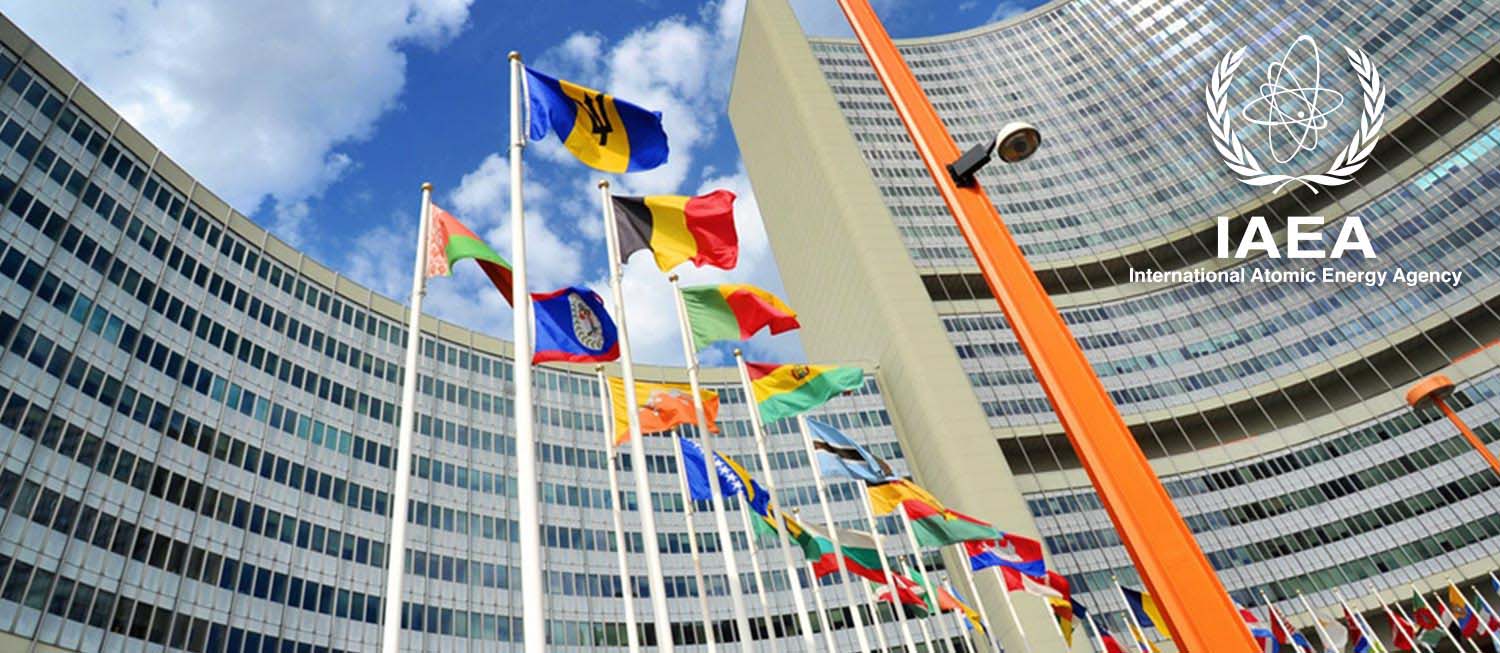Operation
OSART mission
The International Atomic Energy Agency (IAEA) conducts in-depth reviews of operational safety performance at nuclear plants around the world as part of the Operational Safety Assessment Team (OSART) program. Such missions are requested from IAEA by the national regulatory bodies of the governments via diplomatic routes.
An OSART mission typically takes place every 10 years, generally not in every nuclear power plant in a country. It usually lasts three weeks and covers the areas of management, organisation and administration, training and qualification, operations, maintenance, technical support, operational experience feedback, radiation protection, chemistry, emergency planning and preparedness as well as severe accident management. The safety culture is investigated systematically as well. The areas of long-term operation, probabilistic safety analyses application, transition from operation to decommissioning as well as an independent safety culture analysis can also be included.

The IAEA’s OSART programme assists Member States in strengthening the safety of their nuclear power plants, comparing actual practices with IAEA safety standards.
An OSART team typically consists of 15 trained IAEA experts who research the operational safety in a targeted and highly expert manner. The team recognises the state of the plant when compared internationally, the operating results as well as the qualification, motivation and the team spirit of the employees. It makes judgements regarding the safety and quality culture in all areas of the power plant and provides – effectively as the main output of an OSART mission – the areas in which deficits exist compared with the IAEA guidelines, recommendations and suggests improvements. The team also finds good practices which can serve as an example for the other nuclear power plants.
After the mission, the power plant operator analyses the recommendations and suggestions and implements improvement measures accordingly. A follow-up mission typically takes place eighteen months later to check implementation of the recommendations and notes. The regulatory authority follows the whole OSART process. The reports – both about the mission as well as the follow-up mission – are publicly available.
In connection with OSART missions, it is worth mentioning that these can give significant impetus to the development of quality management. On the other hand, the ideas behind the development of quality management contribute substantially to the success of a mission.